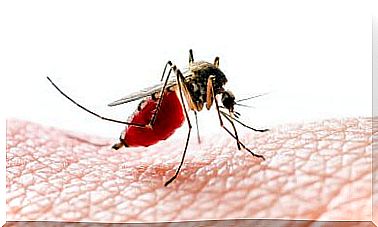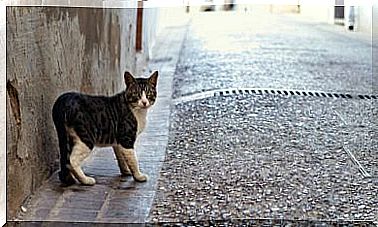5 Oceanic Dolphins
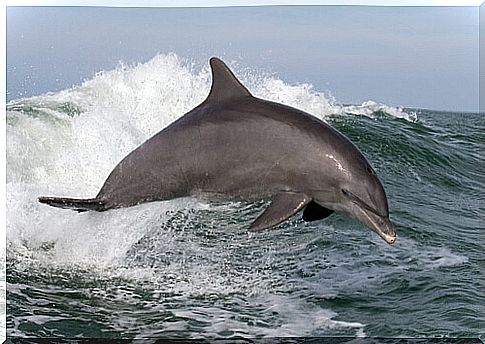
They are better known than their river peers, we associate them with fun and games, and they are one of the most sociable marine animals. In this article we will talk about some species of oceanic dolphins, so you can learn more about them.
Examples of oceanic dolphins
Within the cetacean family, oceanic dolphins are one of the best known. They are characterized by their large head, long snout and short fins. Dolphins are strict carnivores (they feed on fish and crustaceans), very sociable and live near the coasts. Among them we highlight:
1. Bottlenose dolphin
It is the most ‘famous’ of the oceanic dolphins, as many grow in captivity and are used for shows or swimming with people. The bottlenose or mule – image that heads this article – is very sociable and intelligent; in the wild it forms groups of up to 12 individuals and thanks to echolocation they get food.
Many times they approach swimmers or boats and follow the trails they leave in the water ; they can reach speeds of up to 11 km / h and must surface to breathe at most every eight minutes.
2. Atlantic painted dolphin
This 2.5 meter long cetacean with a robust build lives in the Gulf Stream, in the North Atlantic Ocean, and owes its name to the fact that the adult specimens have a ‘spotted’ body with darker specks on the belly and lighter on the flanks.
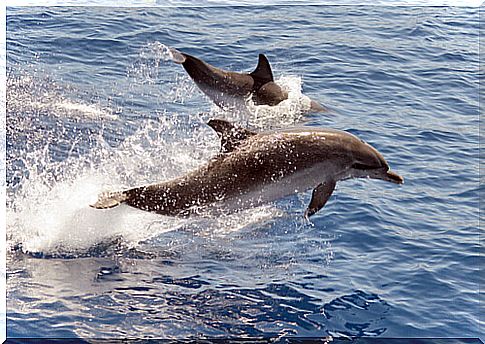
He is a fast swimmer, ship companion and known for interacting with people, especially in the Bahamas. This sadly makes him an easy target for harpooners and a victim in net fishing, where he gets caught.
3. Dusky dolphin
Also known as Fitzroy’s dolphin, it lives on the coasts of the Southern Hemisphere and, as its name suggests, it is dark in color – almost black – at the top and grayer at the bottom. Medium in length (about two meters long and 100 kilos in weight), it has a short nose and a prominent dorsal fin.
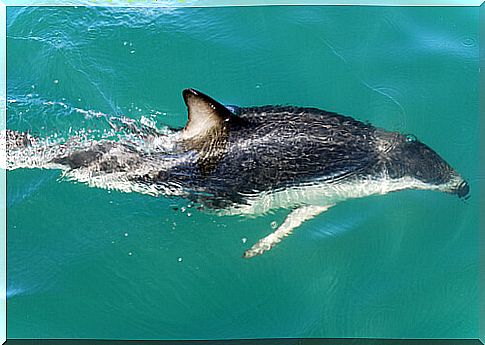
It is one of the most abundant dolphins in Argentine Patagonia and it travels to Oceania every year, in addition to making other trips a little ‘shorter’, around 1,500 kilometers. Its diet is based on fish such as hake and anchovy, which it hunts when they are grouped in a school. The dusky dolphin can form families of 200 individuals.
4. White-sided dolphin
It is also known as the Atlantic dolphin and is another of the most widespread ocean dolphins, since it lives in the cold waters of the North Atlantic Ocean (between North America and Europe). It is longer than the others in its family, reaching 2.8 meters and 200 kilos as an adult.
They can live for about 25 years (females are a little longer), gestation lasts 11 months and once the calf is born it is suckled for a year. It is a very friendly, cheerful, acrobat animal that tends to approach boats, although it is not as sociable as other species. It feeds on fish such as herring and mackerel.
5. Gray dolphin
Although many of the oceanic dolphins are gray, this one is named after the darker hue with elongated markings, as if they were scars. It is large in size (about 3.5 meters in length and 350 kilos in weight), it has a ‘globose’ head and a very short snout.
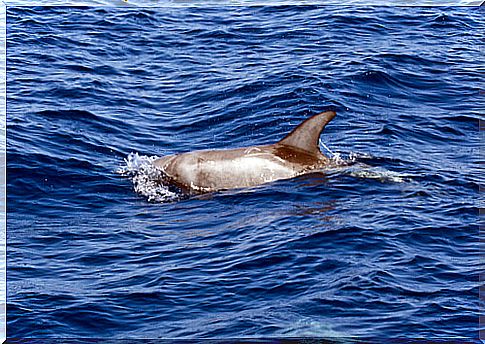
There are no morphological differences between the sexes, they mate all year round (especially in spring and autumn), gestation lasts about 14 months and the calf is fed on mother’s milk for almost two years. Then their diet is made up of squid and small fish.
Gray dolphins are grouped in ‘pods’ of up to 30 individuals and form subgroups based on sex or age. They are associated with other cetaceans such as the killer whale, the porpoise or the gray whale and are usually very shy with people and boats.



